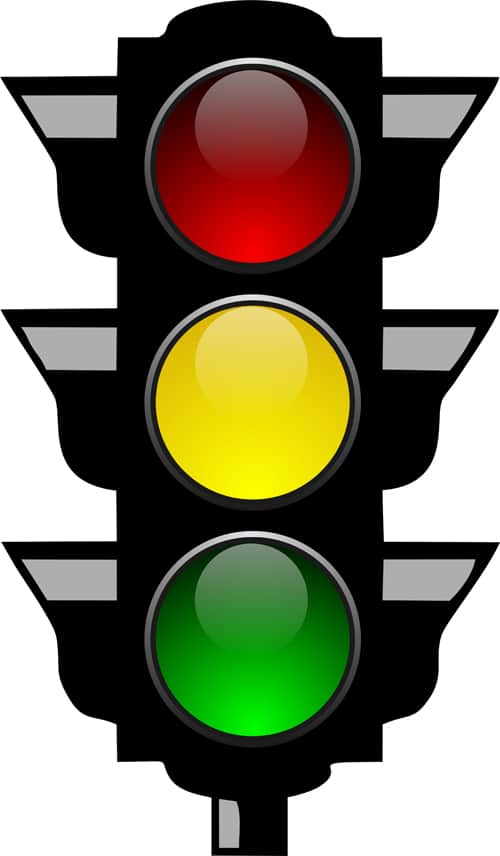Traffic Light Feelings
Let’s face it: talking about feelings and emotions can be very difficult and uncomfortable.
What is most difficult for us to understand is that feelings are never right or wrong, good or , black or white. Feelings are feelings. Feelings are a tool to help us. They warn us of danger and help keep us safe, they assist us in understand our own moral values, and they aid us in determining what we like and don’t like. And quite naturally, we all experience feelings that are not very pleasurable, but these experiences help shape our experience of pleasure.
As an adult, I have learned that labeling my feelings with a specific emotion identifying word usually helps me process what I am . I can then determine if my feelings are justified. Is what I am feeling indicative of happiness? Frustration? Sorrow? Anticipation? Excitement?
I know that what I am feeling at a particular moment is neither right or wrong, but the labeling process helps me understand if I am over reacting, not reacting or properly in touch with reality. While labeling may appear to be very simple, it is actually one of the most challenging processes that I personally go through, and I see both its challenges and value as I work with my clients in using labeling in my day to day practice.
Labeling can be especially difficult for children. Their vocabularies can be limited, and they are often very confused about what they are experiencing. To help them through this process, I developed and implemented the feelings traffic light for the children and families I work with. Pleasurable feelings such as joy, happiness, pride, are “green” feelings. I start with these because they are the easiest for children to identify. Next I teach “red” feelings: anger, sadness, fear. Lastly, we explore yellow feelings.Yellow feelings include being anxious, stressed, guilty, ashamed, jealous, etc. Yellow feelings are the hardest to recognize and understand they are typically very uncomfortable to experience and because humans — and especially children — typically do not stay in” yellow” for long periods of time. I recommend not” teaching “yellow” feelings until your child has mastered “red” and “” green feelings.Be patient with your child when teaching yellow feelings — many “yellow” feelings are not developed and experienced until later childhood.
How do you teach this method of identifying feelings? Here are some simple steps you can start implementing today.
1. Print the diagram and hang it in your kitchen, child’s bedroom, play area and even out a copy in your car.
2. Start by just explaining green feelings, and give examples when your child has these feelings.
3. When you observe an over- the- top display of emotion such as a tantrum, demonstrate labeling for your child by saying, “I bet you are in the “red” feelings right now.”
4. When appropriate, ask your child how you can help them go from a “red” feeling to a “green” feeling.
5. Lastly, introduce “yellow” feelings in situations that are not directly related to your child. Yellow feelings are uncomfortable, so start by pointing them out in other family members or in characters in movies or television. Once your child can identify “yellow” feelings in others, you can start asking him or her if they are experiencing them.
6. Once the color traffic light is mastered, you can start to ask for feeling words in addition to color.
While this system can seem simplistic, the reality is that many adults are not able to identify their feelings. This adversely affects them in so many stages of their lives. To protect your child from challenges and disaccord in the future, teach them feeling identification while they are young. Start with the simple — but effective — traffic light system, and you and your child will be very grateful when you voyage through the teen years!

